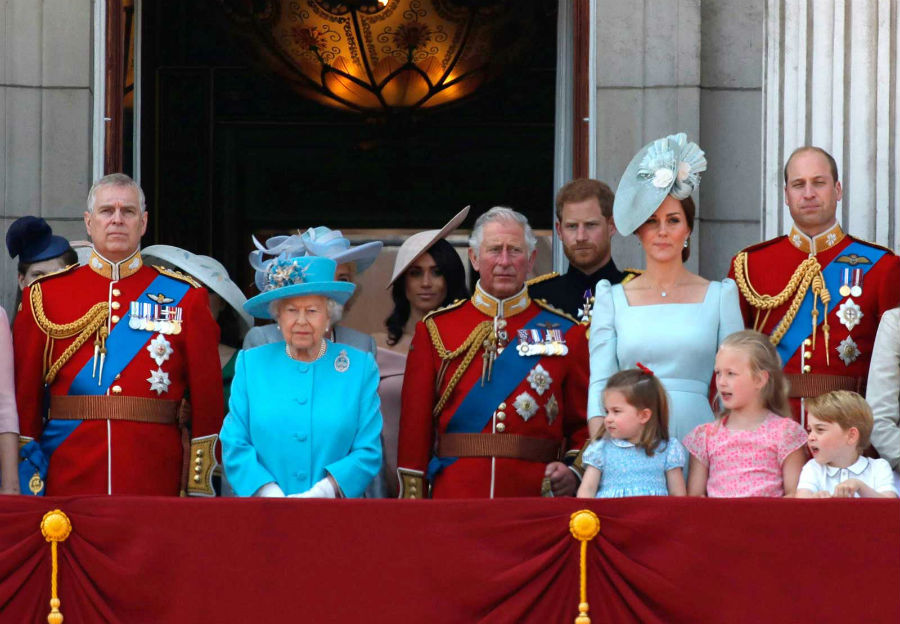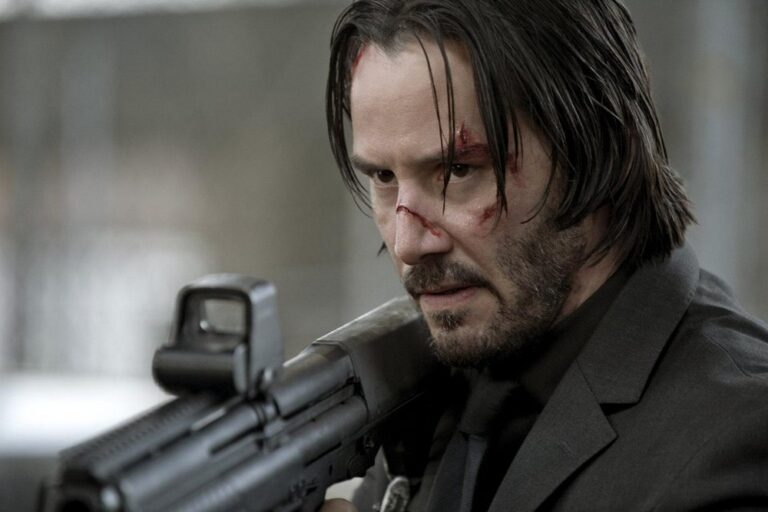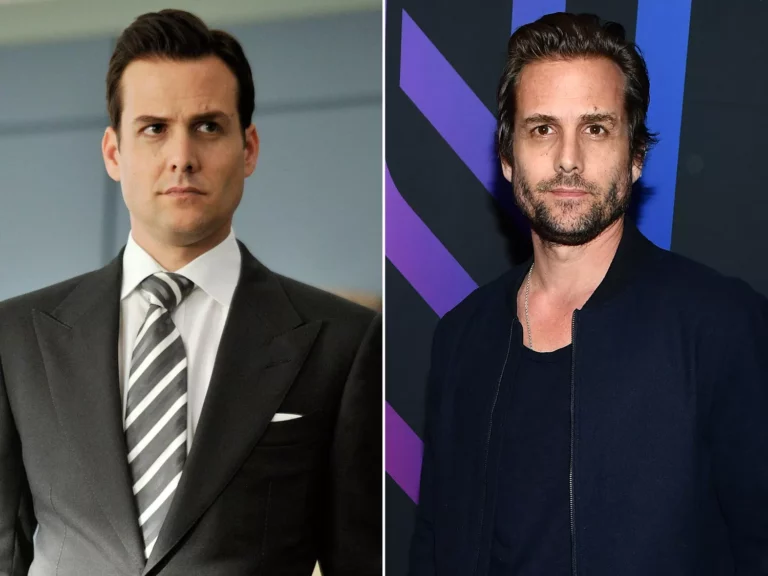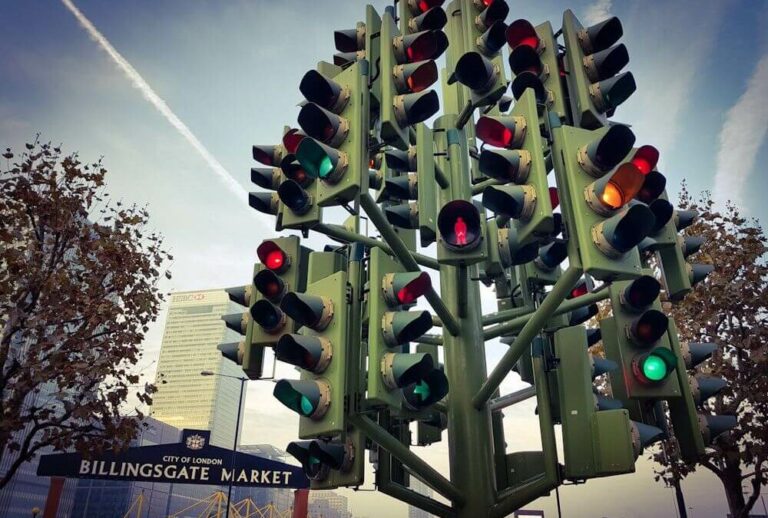Monarchies
aren’t the most popular form of government in our current day and age, mostly
because this automatically means that your next head of state is just going to
be, well, the child of your current one. There’s very little democracy
involved. As a result, most current kings and queens have had their status
reduced to something a bit more ceremonial than what you’d expect from a
president, for example.
Some
countries – mostly in Europe – still swear by a monarchy, so let’s take a look
at some countries that have held true to that form of government for the
longest time.
Denmark
Where
Germany isn’t very fond of monarchs, Denmark has had a king or queen since 935
AD. In true Scandinavian fashion, they’ve sworn by the monarchy ever since.
Their current monarch is queen Margrethe II, who somehow decided that naming
the heir of a country “Frederik” was a good idea.

Morocco
This is one
of the very oldest monarchies in the world, starting as early as 788 AD. Their
monarch has only been called a “King” since 1957 however – they’ve had a
plethora of other titles before that. They current king is Mohammed VI, who
will one day leave his country to his son, Prince Moulay Hassan.

Great
Britain
Assuming we
take the unification of Great Britain as the cutoff date, this kingdom has been
going strong since 1066. In terms of political influence and power, it’s safe
to say that the Queen is probably the most powerful monarch in our current
time. We know who the current Queen is, because Elizabeth II has been the Queen
of England for over 65 years now. Let that sink in for a while.

Cambodia
The
monarchy of Cambodia was formed in 68 AD, which is just decades after Jesus
died. The difference between the Cambodian monarchy compared to others is that
their monarchy isn’t hereditary, but elected. They’re still elected for life
however, and only people from a very limited set of bloodlines can apply for
the job. Norodom Sihamoni is the current monarch of Cambodia, and it’s anyone’s
guess who the next one will be due to their elective system.

Sweden
Their
monarchy was established as early as 970 AD, despite rumors that they’ve had
kings long before that time. The oldest mention of a Swedish king dates back to
100 AD, which would mean they were far ahead of the curve when it comes to the
concept of a king. They are currently ruled by Carl XVI Gustaf, which does
indeed sound like he has two first names and no last name and they just put the
number in the middle to add to the confusion.

Japan
The first
monarchy to ever exist, and also the only one to be older than Jesus. The
Japanese monarchy was founded in 660 BCE. They don’t refer to their monarchs as
kings or queens, but they’re all referred to as “emperor”, hence why most
people don’t realize Japan is in fact a monarchy. Emperor Akihito is currently
in charge of the land of the rising sun, and he’s been on the throne since
1989.

Norway
If Denmark and Sweden do it, Norway usually does it too. And they did it first: they started their monarchy in 885 AD, almost a full century before Sweden. They haven’t always been governed by the same family of monarchs, but they do have a hereditary system and not an elected one like Cambodia. The current Norse king is called Harald V, so he shares a name with their very first Monarch: Harald Fairhair. Now imagine it’s 885 AD and your hair is so dang glorious that they decide to name you after it. And they make you a king as well. Oh, those Vikings. And yes, they also have a prince that dabs at official events.














+ There are no comments
Add yours